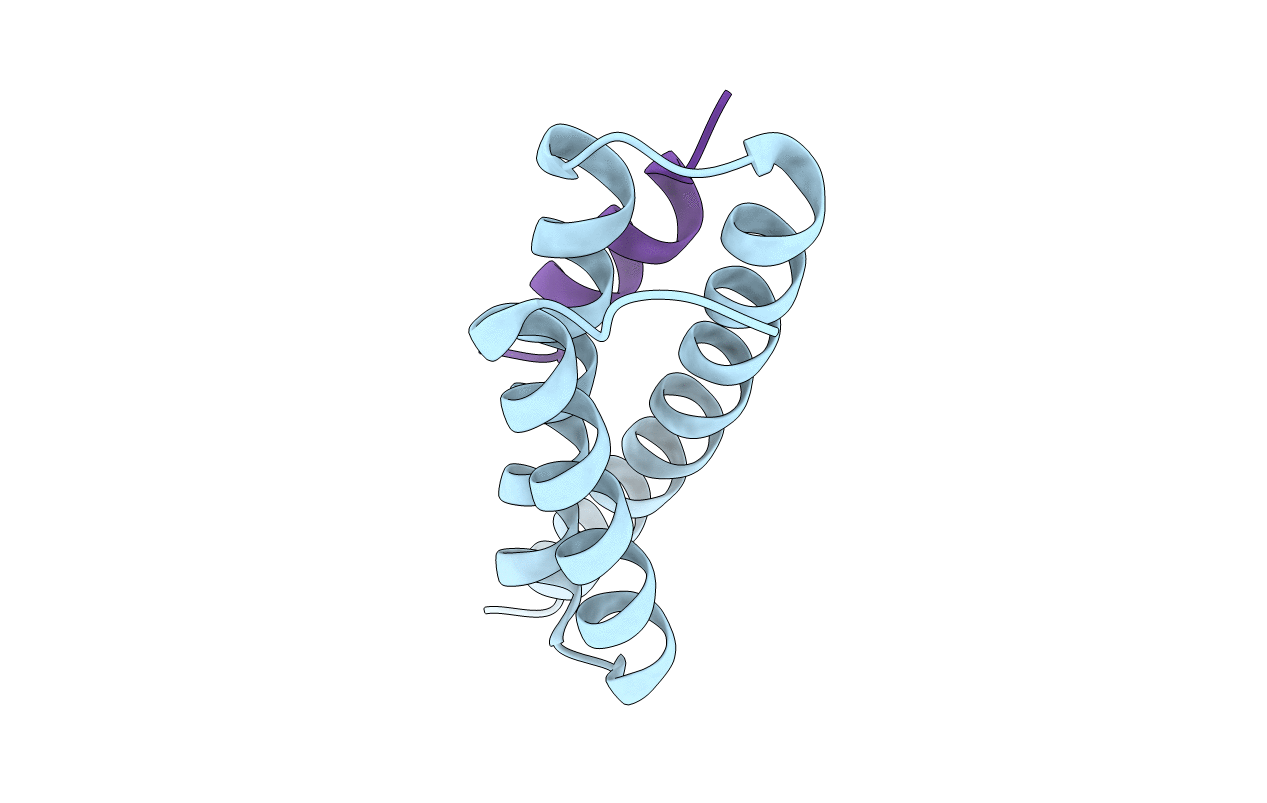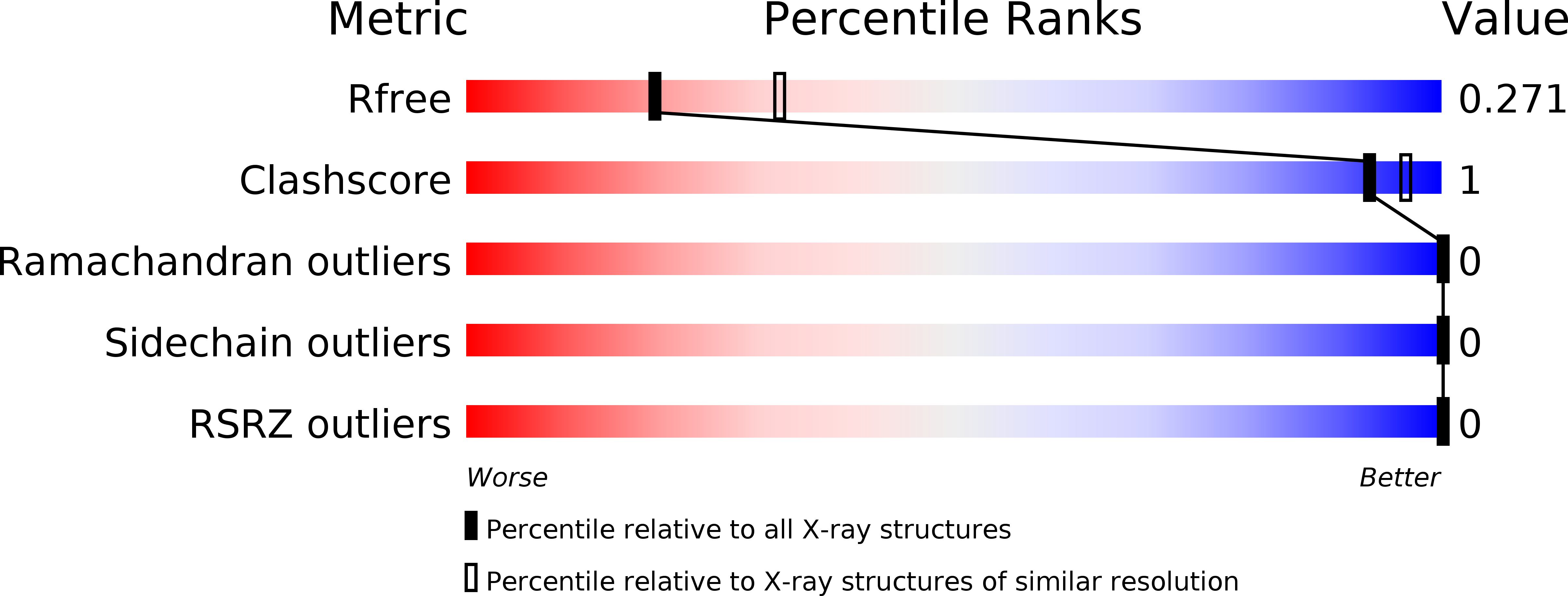
Deposition Date
2014-07-31
Release Date
2015-02-11
Last Version Date
2023-09-27
Method Details:
Experimental Method:
Resolution:
2.50 Å
R-Value Free:
0.27
R-Value Work:
0.22
R-Value Observed:
0.22
Space Group:
P 6 2 2


